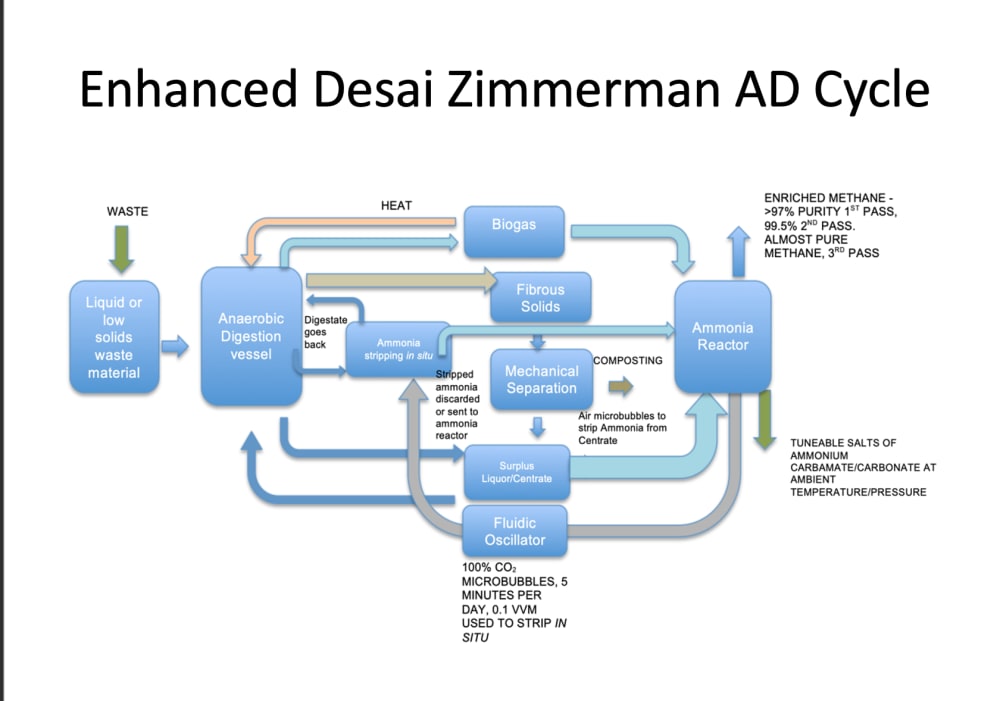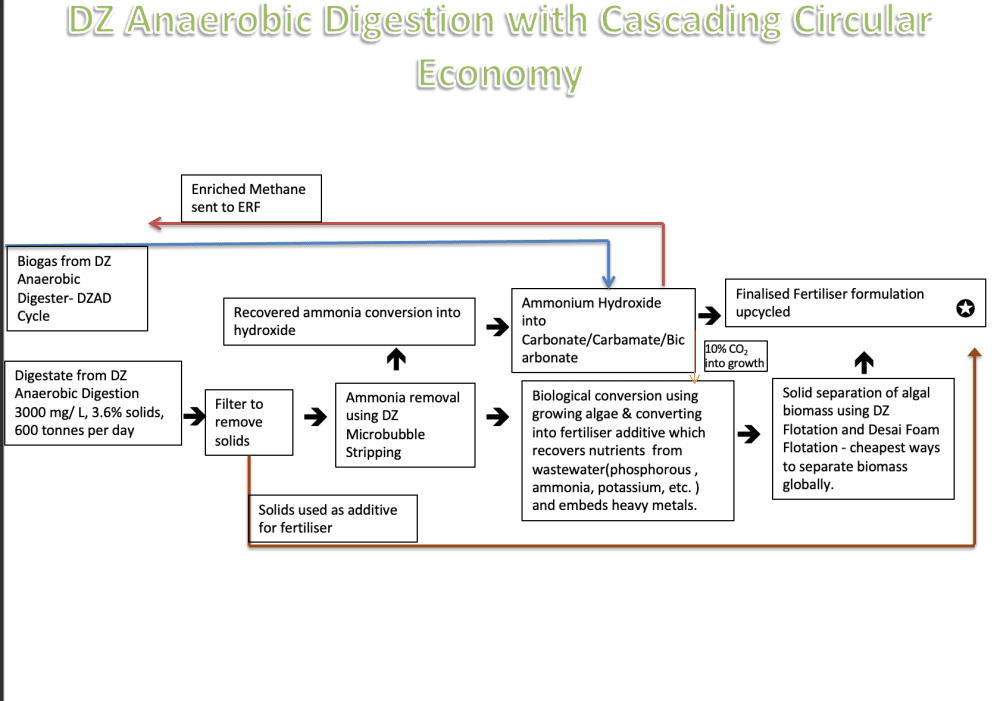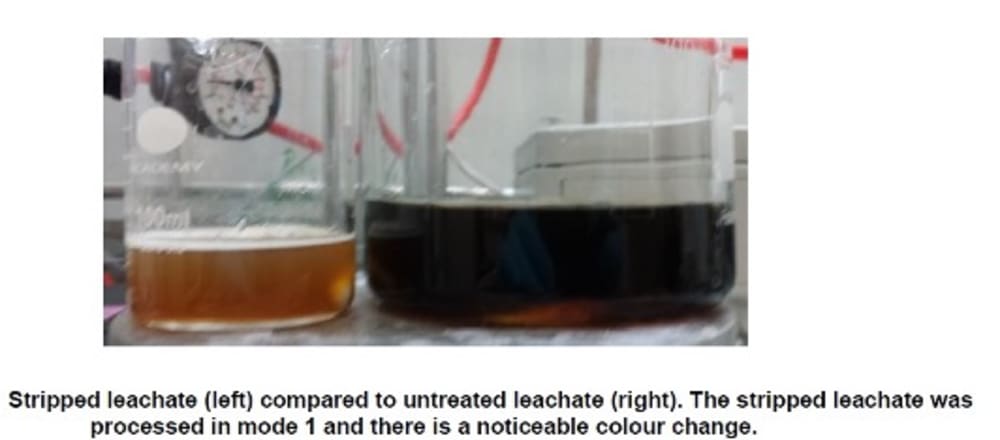The DZAD cycle has won several global awards due to the disruptive nature of the technologies for the sector. Anaerobic Digestion is known to be amongst the best methodologies for treating solid waste. It also enables generation of energy and fertilizer (slurry). In a typical anaerobic digestion process food waste/ municipal solid waste/ farm waste etc. are placed in an anaerobic environment within a tank (known as the digester). This tank has microbes inoculated which convert this waste into biogas (combination of several gases but mainly carbon dioxide (CO2) and methane(CH4) usually in 40-60/60-40 ratio depending on the process). The liquid remnant (known as digestate ) is used up as a fertilizer slurry. Despite all of the benefits, the speed of the process is relatively slow and therefore requires to be built at a large scale with return on investment typically 8y. This then requires govt subsidy to be relatively profitable. The quality of the biogas (being between 40-60% CH4), is not very high and would benefit from improving it. Liquid slurry is hard to apply on the field and transport. One of the other major issues in an AD plant is that for highly efficient AD plants, ammonia becomes a metabolic inhibitor. Removing metabolic inhibitors tends to speed up processes.
Desai and Zimmerman innovated a novel unit operation -DZ Microbubble Stripping for ammonia removal (https://doi.org/10.1016/j.cep.2021.108693) which has been developed significantly by Desai at scale as well as bringing in the capability to recover ammonia in an in situ manner and at the lowest operating cost globally. The enhanced DZAD cycle combines approaches: CO2 microbubble based acceleration and in situ removal of ammonia to generate as high as 850% increase in rate of biogas production, and novel biogas sweetening to produce precipitated salts of ammonia - bicarbonate+carbonate+carbamate- which results in methane (which has a double the calorific value of biogas), and solid precipitated fertilizer that can be used directly, upgraded to urea (as these chemicals are precursors for urea), or go for the next novel enhancement which is the next stage of development by Desai.
Whilst this process is quite disruptive, the next stage of development focuses on nutrient recovery from the centrate/remnant-digestate and CO2 capture of the emissions from burning methane from ERF. The centrate/remnant-digestate contains significant amounts of other nutrients (Phosphorous(P),Potassium(K),and other heavy metals). Again, ammonia inhibits algal growth normally and liquid is too opaque. Typically, competitors have to dilute this with water, but not us. DZ-Microbubble-Stripping can again, recover the ammonia (and convert to the fertilizer), and increase light penetration by recovering volatile-organics which are responsible for the opaque color. These can be recovered using algal bioreactors developed by Reepel (www.reepel.co.uk), which are ultra-low cost and can grow algae in an accelerated manner by injecting CO2 and air, and floating a percentage of product out continuously. This enables growth of algae at a low cost of 500kWh per ton produced (depends on specific conditions).This algal-mixture (rich in P&K) has greater bioavailability than chemical fertilizers, and is mixed with the N2-rich sustainably-derived chemical fertilizer to form a superior product.
Like this entry?
-
About the Entrant
- Name:Pratik Desai
- Type of entry:teamTeam members:Perlemax Ltd. + Reepel Ltd.
www.perlemax.com
www.reepel.co.uk - Software used for this entry:Solid Works
- Patent status:patented








